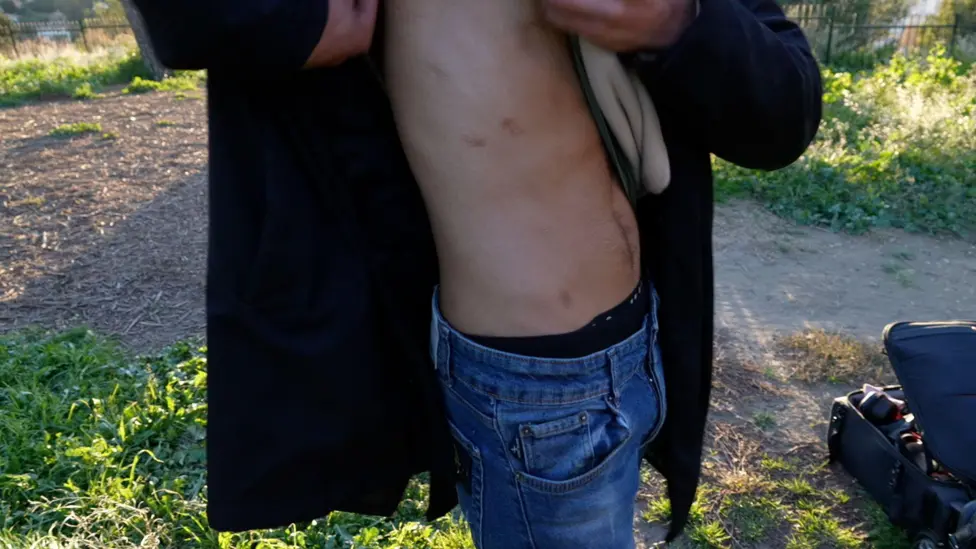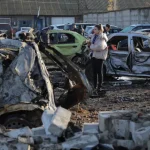Speech by Christine Lagarde, President of the ECB, at the official dinner of Banka Slovenije in Ljubljana, Slovenia
Ljubljana, 16 October 2024
It is a pleasure to be here this evening.
Not far from here, tucked away in the National and University Library, lie copies of the Abecedarium and the Catechism. These two texts, written by the religious reformer Primož Trubar in 1550, were the first ever books to be printed in Slovenian.[1]
At a time when German was the language of the ruling classes, Trubar’s pioneering act was fundamental in helping to establish the national identity of Slovenians.[2]
Today, his portrait graces the €1 coin in Slovenia, framed by the famous words found in the Catechism, “Stati inu Obstati” – “to stand and withstand”.[3]
It is telling that both books – one a primer for the Slovenian language, the other guidelines for religious observance – were designed to teach, for there is much that Europe can learn from Slovenia in the uncertain world we now face.
The global order we knew is fading. Open trade is being replaced with fragmented trade, multilateral rules with state-sponsored competition and stable geopolitics with conflict.
Europe had invested considerably in the old order, so this transition is challenging for us. As the most open of the major economies, we are more exposed than others.
So, in this new landscape, we too must learn “to stand and withstand”. And we can do so by drawing on two valuable lessons from Ljubljana.
Opportunity in times of uncertainty
The first lesson is that uncertainty can create opportunity.
While many in Europe are anxious about the future, Slovenians are no strangers to uncertainty.
Within a single generation, Slovenia made a success of the extraordinarily difficult transition from a planned economy to a market economy. Policymakers defied the odds by implementing tough structural reforms to first join the EU and, later, the euro area.
Today, Slovenia is a success story. It is a developed, stable and high-income economy, with the highest GDP per capita at purchasing power parity of central and eastern European countries (CEECs).
The nation’s success owes much to the creativity and vigour of its people and their innate ability to seize economic turning points and transform them into opportunities.
For example, when Slovenia joined the EU, it was exposed to greater levels of competition from other Member States in the economic bloc.
But Slovenia quickly capitalised on its skilled workforce to develop a new business model based on deep integration in the Single Market. Today, every single car produced in Europe has at least one component that is made in Slovenia.[4]
For Europe, the changes in the global economy today represent a similar turning point. But if we approach it with the right spirit, I believe it can be an opportunity for renewal.
A less favourable global economy can push us to complete our domestic market. Fiercer foreign competition can encourage us to develop new technologies. More volatile geopolitics can drive us to become more energy secure and self-sufficient in our supply chains.
For Slovenia, the transformation of the automotive supply chain will be a particular challenge. But the economy is already adapting. For example, in July this year Slovenia secured a major investment in domestic electric vehicle production.[5]
For many Slovenians, striding into an unpredictable future may seem like second nature.
One of your most famous paintings, “The Sower”, hangs on display here at the National Gallery. Depicting an agricultural labourer at the crack of dawn hard at work sowing seeds in a field, the painting represents Slovenians’ resolute determination in the face of uncertainty.
The rest of us in Europe will need to draw on this example in the uncertain times ahead. If we do so, we can also turn uncertainty into opportunity.
The importance of sharing the benefits of change
The second lesson from Slovenia is that the benefits of change can – and should – be more widely shared.
The path of renewal for Europe is inescapably linked with new technology, especially digitalisation. But new technologies can sometimes lead to uneven labour market outcomes.
Slovenia has undergone remarkable technological change over the past 20 years. Today, the country’s level of digital development is 7% above the CEEC average and it can compete with some of the most digitally developed EU countries in certain areas.[6]
Yet Slovenia’s Gini coefficient – a measure of income inequality – is the second lowest in the OECD.[7] The country also benefits from high levels of gender equality. Female labour force participation is higher than the EU average and nearly equal to that of men.[8]
Many in Europe are worried about the challenges ahead, such as the effects of artificial intelligence on social inclusion. But we should let Slovenia’s example inspire us.
With the right approach, we can move forward and become more technologically advanced while ensuring everyone can benefit from the gains.
And when everyone benefits, Europe benefits too. Over three-quarters of citizens in Slovenia feel attached to Europe, and almost two-thirds identify as both Slovenian and European – levels that are well above their respective EU averages.[9]
Conclusion
Let me conclude.
In today’s uncertain world, Europe must learn “to stand and withstand”. And it can do so by looking to Slovenia as an example of how to overcome challenges that come its way.
First, we must work hard to sow the seeds of success. And then, as the folk singer Vlado Kreslin sings, “vse se da” – “everything is possible”.
Thank you.
Lessons from Ljubljana: Insights by Christine Lagarde





